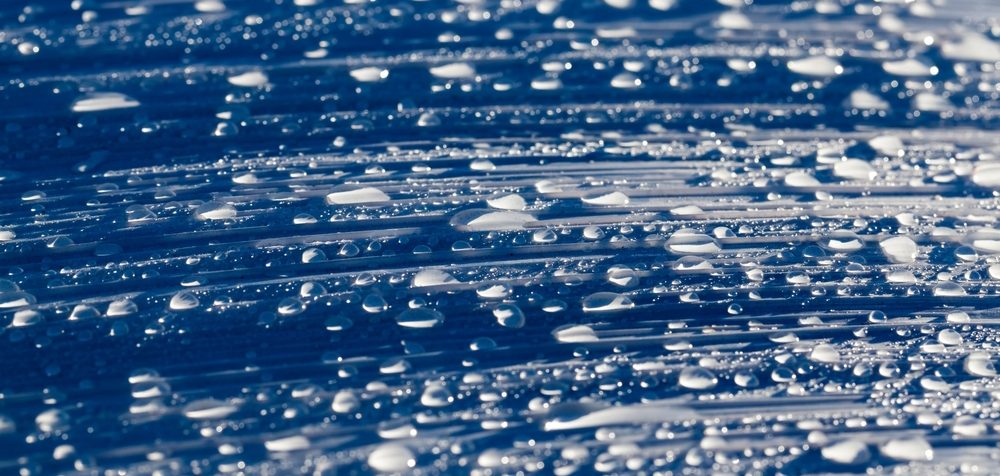
An international team of researchers led by Professor Qiaoqiang Gan at KAUST in Saudi Arabia has created a new device that collects atmospheric water to cool solar cells. As the device is capable of extracting water from the air using nothing more than gravity, it requires no electricity, and is constructed of cheap, readily available materials. Along with cooling the solar cells and other semiconductor technologies, the collected water can be reused for irrigation, washing, cooling buildings on which the solar cells are placed, and other applications.
It is estimated that the atmosphere contains six times more water than all the freshwater in the worlds’ rivers combined. However, in arid environments like that of Saudi Arabia they require electricity to harvest practical amounts of water. This demand risks deterring the adoption of solar cells in rural regions of the Kingdom, where the electricity infrastructure is costly.
One reason for the low efficiency of water collection is that the water adheres to the surface of the harvesting device. Professor Dan Daniel and Shakeel Ahmad, a postdoc in Gan’s group, found that by adding a lubricant coating that is a mix of a commercial polymer and silicon oil they could collect more water by relying on only gravity.
“A common challenge in atmospheric water harvesting systems is that water droplets tend to remain pinned to the surface [of the device], necessitating active condensate collection. Our coating effectively eliminated pinning, enabling true passive water collection driven by water,” said Ahmad. “Since this system operates entirely on passive radiative cooling, it doesn’t consume any electricity.”
The solution is based on previous technology made by Gan, which he describes as “vertical double-sided architecture.” That system was originally designed to reflect thermal heat back to the sky to keep the solar cells cool but not to capture the water produced. The new device was tested six times over the span of a year in natural conditions in a town near Jeddah in Saudi Arabia. It was found to almost double the rate of water collection compared with alternative atmospheric water harvesting technologies.
“The system doesn’t consume any electricity, leading to energy savings. Moreover, it doesn’t rely on any mechanical parts like compressors or fans, reducing the maintenance over traditional systems, leading to further savings,” Daniel said.
